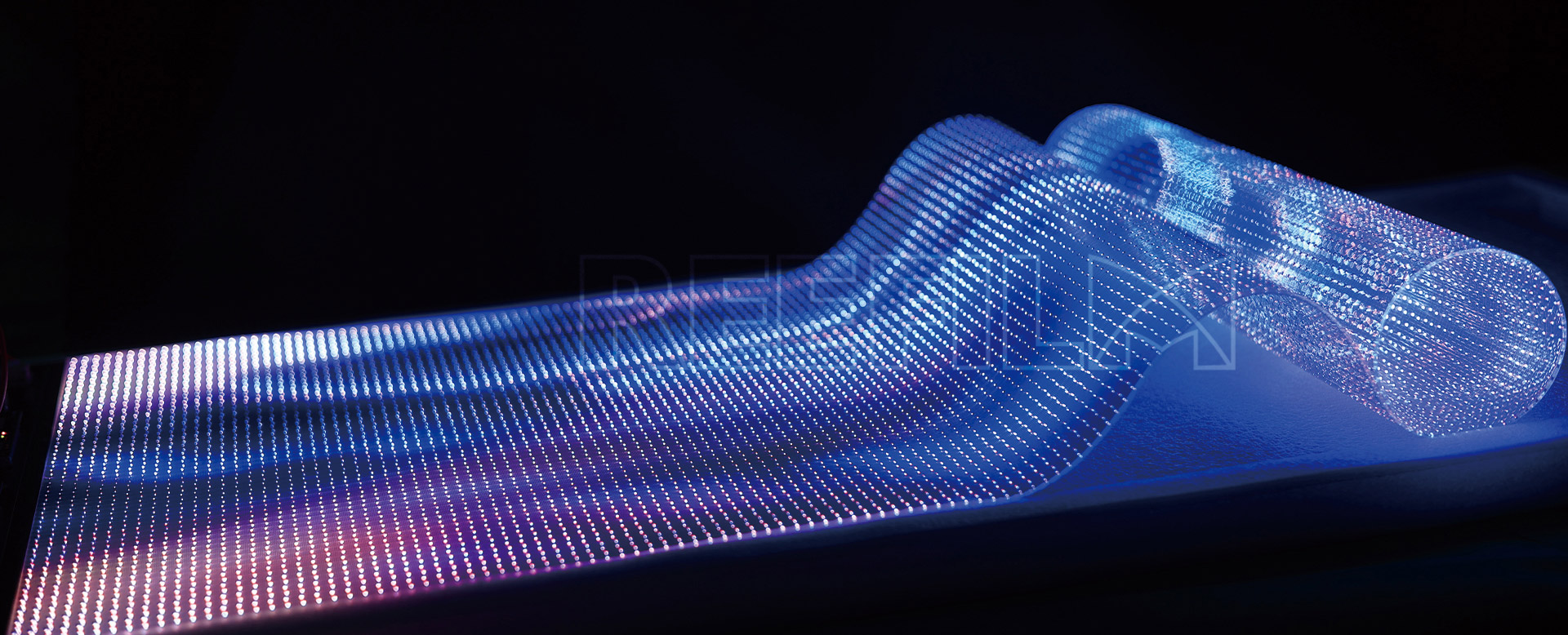
P6.25 Led Screen, The Led Display screen with a dot spacing of 6.25 millimeters is a high-tech product that uses light-emitting diodes (LEDs) as pixel points, integrates a large number of LED beads into a grid with specific spacing through precise circuit design and advanced packaging technology, to achieve image and video display. P6.25 refers to the distance of 6.25 millimeters between the centers of adjacent LED pixels, which directly determines the resolution, viewing distance, and visual effect of the display screen. P6.25 Led Display Screens have been widely used in various fields such as advertising media, sports venues, conferences and exhibitions, stage performances, security monitoring, etc. due to their high brightness, high contrast, wide viewing angle, long lifespan, and easy maintenance.
characteristic
High resolution and clarity:
The P6.25 point spacing design allows for maintaining image clarity and delicacy even at relatively close viewing distances (such as over 5 meters), making it suitable for indoor and some semi outdoor environments.
The resolution of the display screen can be customized according to the actual size, and higher pixel density can be achieved by increasing the number of LED beads, further improving the display effect.
High brightness and contrast:
LED beads themselves have high brightness characteristics, and the brightness of P6.25 Led Displays can usually reach over 5000cd/m ², even in strong light environments, they can display content clearly.
High contrast (usually exceeding 3000:1) makes black darker, white brighter, with rich color layers, and visual effects more vivid and realistic.
Wide viewing angle and color uniformity:
By adopting advanced packaging technology and optical design, the P6.25 LED display screen can achieve a viewing angle of 160 ° (horizontal) × 140 ° (vertical), ensuring that viewers can have a consistent viewing experience at different angles.
The color uniformity is strictly calibrated to ensure consistent color performance throughout the entire display screen, without any color difference.
Long lifespan and low maintenance cost:
The service life of LED bulbs is over 100000 hours, greatly reducing the frequency of bulb replacement and maintenance costs.
The modular design of the display screen facilitates quick replacement of faulty components, reduces downtime, and improves overall efficiency.
Energy conservation and environmental protection:
The P6.25 LED display screen adopts low-power LED beads and an efficient power management system, which significantly reduces energy consumption compared to traditional display technology.
Mercury free, UV radiation free, in compliance with environmental requirements, harmless to the environment and human health.
High refresh rate and dynamic display effect:
The refresh rate is usually not less than 1920Hz, or even higher, to ensure no ghosting or flickering in high-speed dynamic images, providing a smooth visual experience.
Support high-definition video playback and real-time data updates to meet various dynamic display needs.
Flexible installation and customization:
The display screen has a lightweight structure and various installation methods, including wall mounted, suspended, embedded, etc., which can be flexibly selected according to the on-site environment.
Support customized shapes such as arcs, cylinders, triangles, etc., to meet special design requirements, improve space utilization and visual effects.
Application scenarios
Advertising media:
In public places such as shopping centers, commercial streets, airports, and train stations, P6.25 LED display screens are used to play advertisements and promotional videos, attract customer attention, and enhance brand image.
Sports venues:
As a scoreboard, replay screen or advertising display screen for sports events, it provides clear game information and exciting moments replay for the audience, enhancing the viewing experience.
Conference and Exhibition:
In conference rooms and exhibition centers, it is used to showcase product introductions, conference agendas, speech content, etc., improve information transmission efficiency, and create a professional atmosphere.
Stage performance:
As a stage background or special effects screen, when combined with lighting, sound and other equipment, it creates stunning visual effects and enhances the artistic appeal of the performance.
Security monitoring:
In the monitoring center, it is used to display real-time monitoring images, help security personnel respond quickly to abnormal situations, and ensure public safety.
Maintenance methods
Regular cleaning:
Gently wipe the screen surface with a soft dry cloth or specialized LED display cleaner to remove dust and stains. Avoid using chemical solvents or sharp objects to prevent damage to the screen.
Environmental control:
Keep the installation environment of the display screen clean and dry, and avoid dust and moisture from entering. For outdoor display screens, waterproof and lightning protection measures should also be taken.
Control the ambient temperature within an appropriate range (usually recommended to be -20 ℃ to+50 ℃) to avoid damage to the display screen caused by extreme temperatures.
Power management:
Use a stable power supply to avoid voltage fluctuations that can impact the display screen. Install overvoltage and overcurrent protection devices to improve equipment safety.
Regularly check the power lines and connectors to ensure no looseness or aging, and prevent malfunctions caused by power issues.
Software maintenance:
Regularly update the control software and drivers for the display screen to obtain the latest features and performance optimizations.
Backup important display content and setting parameters to prevent data loss caused by software failures.
Regular inspection and maintenance:
Regularly conduct comprehensive inspections of the display screen, including LED brightness, color consistency, module connections, etc., to promptly identify and address potential issues.
Establish a maintenance file to record the time, content, and replaced parts of each repair, facilitating subsequent maintenance and troubleshooting.
Operation training:
Provide professional training to operators to familiarize them with the operation process and precautions of the display screen, in order to avoid equipment damage caused by misoperation.